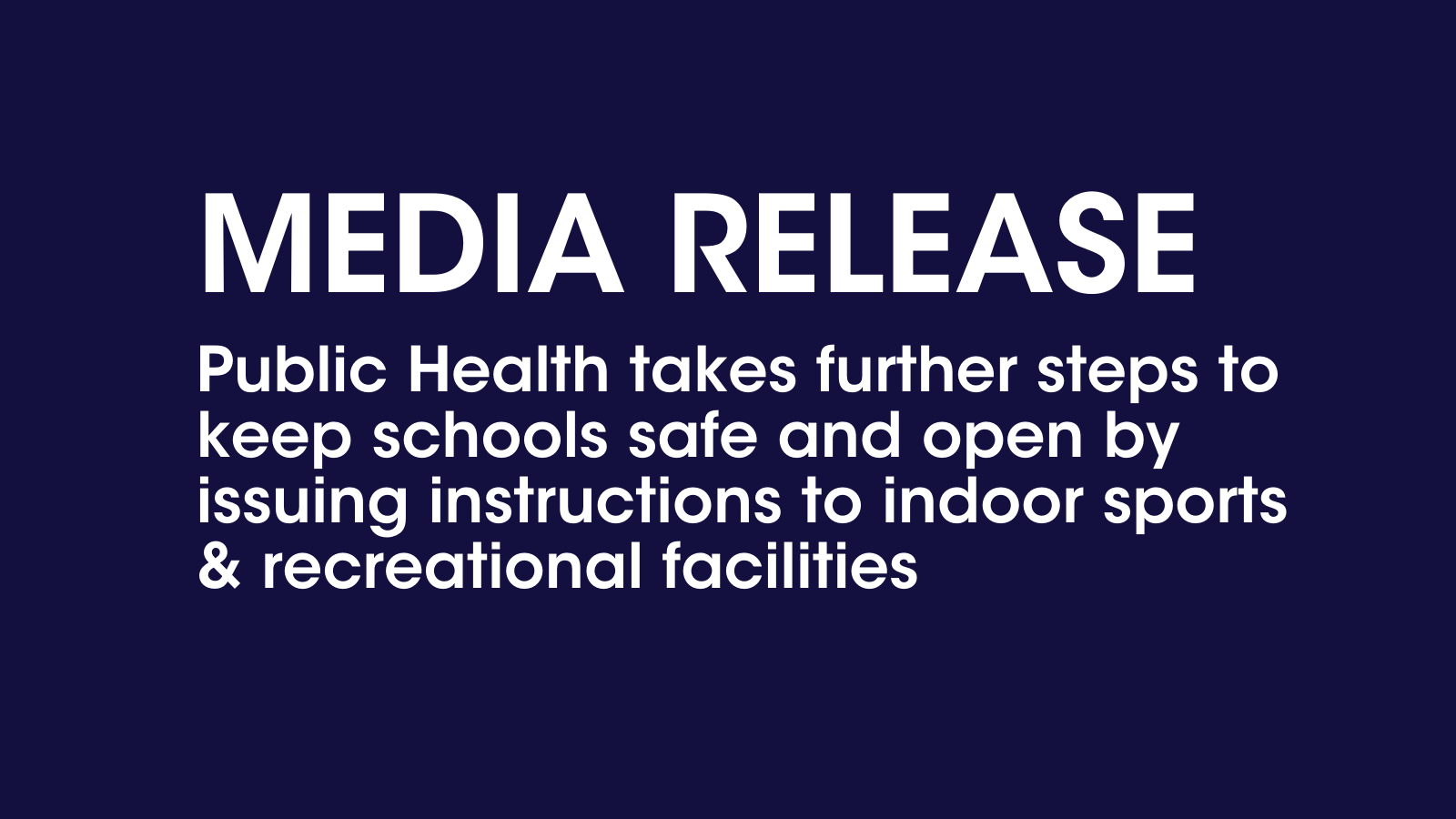
As COVID-19 infections increase across Ontario, with school-age children now having the highest risk of COVID-19, Niagara Region Public Health has issued a letter of instructions to reduce the spread of COVID-19 infections in sporting and recreational fitness facilities. Niagara joins 26 other local public health jurisdictions in Ontario to have issued a letter of instructions to these facilities.
A letter of instruction is issued under Section 2, Schedule 1 of Ontario Regulation 364/20 under the Reopening Ontario (A Flexible Response to COVID-19) Act. This letter of instruction creates legally binding requirements for anyone responsible for a business or organization that operates indoor areas of facilities within the Niagara Region that are used for sports, athletic and recreational fitness activities.
The instructions require the following:
- Controlling the capacity in the highest risk areas of these facilities (e.g. change rooms) to facilitate physical distance and reduce the spread of infection.
- Closing exceptions and loopholes in the current proof of vaccination requirement to use indoor sports and recreational fitness facilities. Operators are now instructed that all persons age 12 and older must have shown proof of vaccination to enter these facilities, unless a person has a valid medical exemption.
- Requiring a vaccination policy for employees of these facilities. Given vaccine-eligible patrons must be vaccinated to protect each other and the staff of the facilities, staff should provide the same protection back to patrons.
“Over the past six weeks, children have had the highest risk of being infected from COVID-19, and participation in sports and athletics has unfortunately become a significant contributor to those infections,” said Dr. Mustafa Hirji, Acting Medical Officer of Health. “When these infections get into schools, classes are closed, children must isolate and fall behind in learning, and parents must stay home to care for them. The narrow, targeted measures we are requiring will keep children safe and in school as we head into the holiday season when infections are likely to surge, and we potentially face the Omicron variant.”
In the first six weeks of school, Niagara did not see any outbreaks among children in recreational sports. More recently though, Niagara has experienced six outbreaks linked to sports and athletics, aligning with the lifting of capacity limits for these settings. A majority of infections occurred in students, who then brought infection into at least 10 schools, in some case starting outbreaks. Hundreds of students were put at risk, and most had to isolate and miss school. A partial and targeted re-introduction of capacity limits to the areas of these facilities with the highest risk of spread, such as change rooms, will reduce most of the risk of infection, while still allowing all sporting and athletic activities to continue.
While capacity limits in these settings were lifted in recognition of the proof of vaccination requirements under provincial regulations, some spectators, coaches, and others have claimed that the proof of vaccination requirement did not apply to them, and so not everyone a child may encounter is vaccinated. As well while most children age 12 and older must already show proof of vaccination to enter these facilities, either because of the provincial regulation or because of the policies of sports organizations, it was not universal. With these instructions, there is now a consistent proof of vaccination rule for all persons age 12 and over.
“I am supportive of the Niagara Region taking action to reduce COVID-19 transmission and protect its children in response to concerns regarding spread within its sporting and recreational fitness facilities,” said Dr. Kieran Moore, Ontario’s Chief Medical Officer of Health. “Along with its ongoing vaccination campaign, including for the newly eligible five to 11 year old cohort, I am confident Niagara Region will be able address the current situation with this proactive decision.”
In order to provide facility owners and operators the time to make the necessary changes to follow the instructions outlined in the letter, public health is delaying implementation of the first set of instructions, related to capacity limits, until Dec. 10, 2021. The second set of instructions, related to vaccination requirements, will go into effect on Dec. 25, 2021.
Niagara Region Public Health strongly believes that with cases on the rise in Ontario, the higher risk conditions of the winter and holiday season, and the threat of the Omicron variant, provincial vaccine certification requirements will continue past January 17 2022. Nonetheless, should those requirements be lifted on January 17, the requirements of this letter of instruction will be triggered to automatically expire as well.
You can view the letter of instructions here, or visit the Niagara Region Public Health’s COVID-19 Guidance for Business Page.
A message from Niagara Region Public Health










